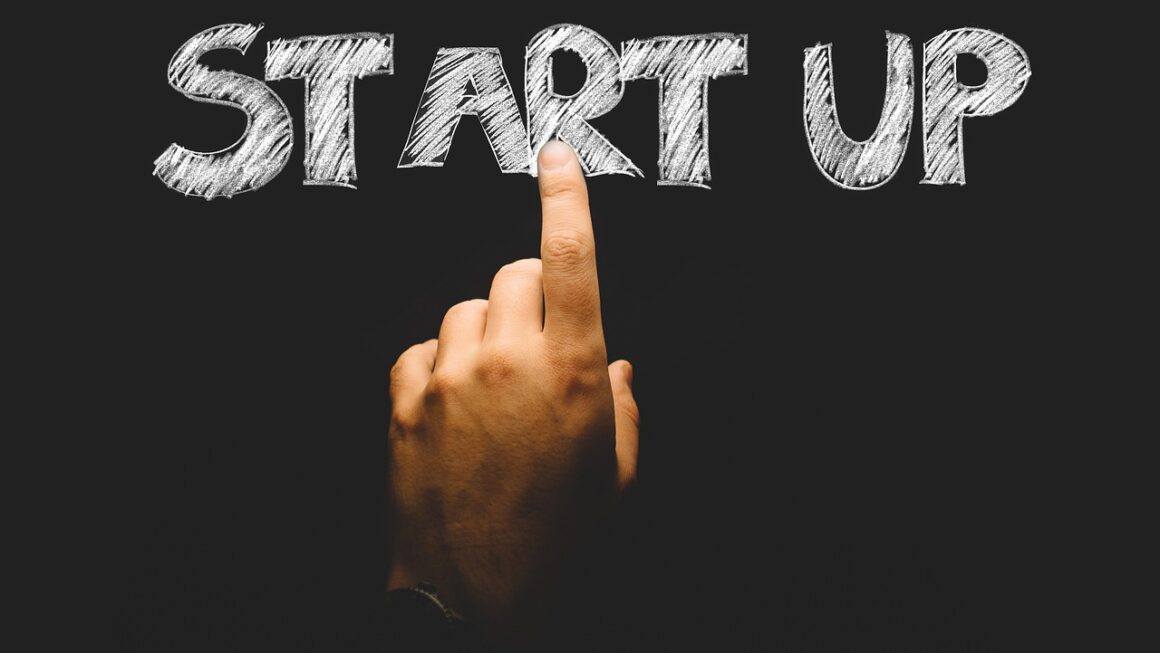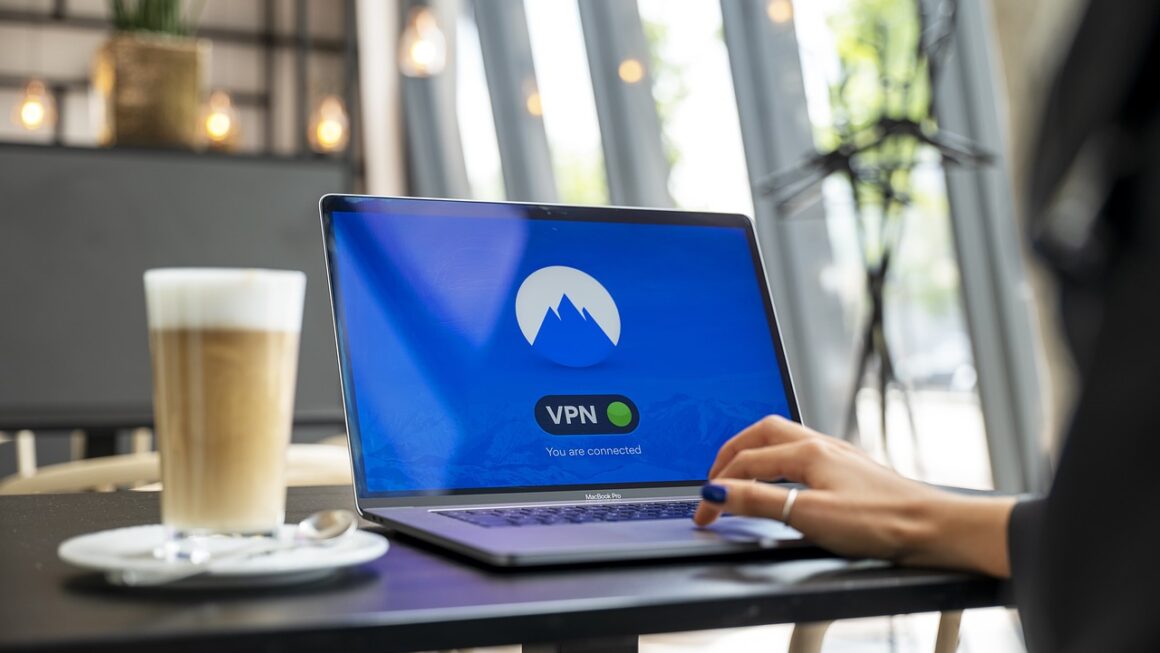Mindfulness, the practice of intentionally focusing on the present moment, has surged in popularity as individuals seek ways to reduce stress and enhance well-being. While traditional mindfulness practices like meditation and yoga remain essential, technology is increasingly playing a significant role in making mindfulness more accessible and personalized. This marriage of ancient wisdom and modern innovation, known as “mindfulness tech,” is transforming the way we approach mental and emotional health.
Understanding Mindfulness Tech
Mindfulness tech encompasses a broad range of digital tools and platforms designed to promote mindfulness practices. These tools aim to guide users, track progress, and provide personalized feedback, making mindfulness more approachable and effective.
What Qualifies as Mindfulness Tech?
- Meditation Apps: Popular apps like Headspace, Calm, and Insight Timer offer guided meditations, sleep stories, and mindfulness exercises.
- Wearable Devices: Devices such as smartwatches and dedicated mindfulness trackers monitor physiological signals like heart rate variability (HRV) to provide insights into stress levels and relaxation. Some even offer haptic feedback to promote mindful breathing. Examples include Muse and Apple Watch (with mindfulness apps).
- Virtual Reality (VR) Experiences: VR is used to create immersive environments that facilitate relaxation and focused attention. These environments can simulate calming natural settings or provide interactive meditation experiences.
- Biofeedback Devices: These devices measure and display physiological data (like brainwaves or muscle tension) in real-time, allowing users to learn to control these responses through conscious effort.
- AI-Powered Mindfulness Tools: Artificial intelligence is being used to personalize mindfulness experiences based on individual needs and preferences, offering tailored meditations and feedback.
The Growing Market for Mindfulness Tech
The mindfulness tech market is experiencing significant growth, driven by increasing awareness of mental health and the accessibility of these tools.
- Market Size: The global mindfulness meditation apps market was valued at over $500 million in 2022 and is projected to reach over $1 billion by 2027.
- Increased Adoption: More individuals are turning to mindfulness apps and devices to manage stress, improve sleep, and enhance focus.
- Corporate Wellness Programs: Companies are increasingly incorporating mindfulness tech into employee wellness programs to boost productivity and reduce burnout.
Benefits of Integrating Tech into Mindfulness Practices
Mindfulness tech offers a range of benefits that can enhance and personalize the mindfulness journey.
Accessibility and Convenience
- Anytime, Anywhere: Mindfulness apps provide access to guided meditations and mindfulness exercises anytime, anywhere, making it easier to incorporate mindfulness into daily life.
- Reduced Barriers: For those intimidated by traditional meditation settings, apps offer a more approachable and less intimidating entry point.
- Cost-Effective: Many mindfulness apps offer free content or affordable subscription options, making mindfulness practices accessible to a wider audience.
Personalization and Customization
- Tailored Experiences: AI-powered tools can personalize meditations based on individual needs, preferences, and goals.
- Progress Tracking: Apps and devices track progress and provide insights into mindfulness practice, motivating users and helping them stay consistent.
- Feedback and Guidance: Wearable devices provide real-time feedback on physiological responses, helping users understand their stress levels and relaxation techniques.
Enhanced Engagement and Motivation
- Gamification: Some mindfulness apps incorporate gamification elements, such as rewards and challenges, to make mindfulness practice more engaging and fun.
- Variety: Mindfulness tech offers a wide variety of meditations, exercises, and content, preventing boredom and keeping users motivated.
- Community Support: Many apps offer community features, allowing users to connect with others, share experiences, and find support.
Popular Mindfulness Tech Tools and Platforms
A diverse range of mindfulness tech tools cater to different needs and preferences. Here’s an overview of some popular options.
Meditation Apps
- Headspace: Known for its engaging animations and beginner-friendly guided meditations, Headspace focuses on core mindfulness principles and offers courses for various needs like stress, sleep, and focus.
- Calm: Calm is a popular app that provides guided meditations, sleep stories narrated by celebrities, and calming music to promote relaxation and reduce anxiety.
- Insight Timer: Insight Timer offers a vast library of free guided meditations from teachers around the world, as well as courses, music, and a community forum.
- Ten Percent Happier: This app offers practical and science-backed mindfulness techniques from renowned meditation teachers, focusing on realistic and accessible approaches.
Wearable Devices
- Muse: Muse is a brain-sensing headband that provides real-time feedback on brain activity during meditation, helping users learn to focus and achieve deeper states of relaxation.
- Apple Watch: With built-in mindfulness features and access to various mindfulness apps, the Apple Watch allows users to track their heart rate, practice mindful breathing, and receive reminders to take mindful moments throughout the day.
- Fitbit: While primarily a fitness tracker, Fitbit also offers guided breathing exercises and sleep tracking features that can contribute to mindfulness practices.
VR and Biofeedback
- Guided Meditation VR: This VR app offers immersive meditation experiences in serene natural environments, promoting relaxation and focused attention.
- Wild: The Experience: Immersive nature scenes promote calmness.
- HeartMath Inner Balance: This biofeedback device measures heart rate variability and provides guidance on regulating emotions and reducing stress through coherent breathing.
Potential Drawbacks and Considerations
While mindfulness tech offers numerous benefits, it’s important to be aware of potential drawbacks and consider how to use these tools effectively.
Over-Reliance on Technology
- Dependency: Over-reliance on technology can hinder the development of intrinsic mindfulness skills and the ability to practice mindfulness without external aids.
- Distraction: Constant notifications and screen time can be counterproductive to mindfulness practices. It’s important to use these tools intentionally and avoid distractions.
Data Privacy Concerns
- Data Collection: Mindfulness apps and devices collect personal data, including physiological data, which raises privacy concerns.
- Security Risks: The risk of data breaches and unauthorized access to personal data is a valid concern. Users should carefully review privacy policies and security measures before using these tools.
Cost and Accessibility Issues
- Subscription Fees: Many mindfulness apps require subscription fees, which can be a barrier to access for some individuals.
- Digital Divide: Access to technology and internet connectivity can limit access to mindfulness tech for certain populations.
Conclusion
Mindfulness tech offers a valuable avenue for enhancing mental and emotional well-being in today’s fast-paced world. By understanding the benefits, potential drawbacks, and available tools, individuals can harness the power of technology to deepen their mindfulness practices and improve their overall quality of life. However, it’s crucial to use these tools mindfully and intentionally, ensuring that technology serves as a supportive companion rather than a replacement for genuine mindfulness experiences.




